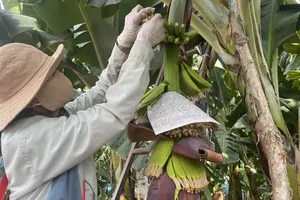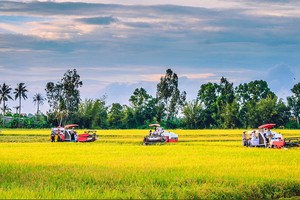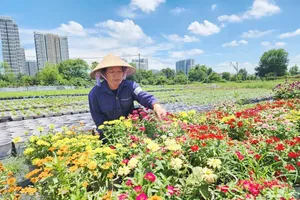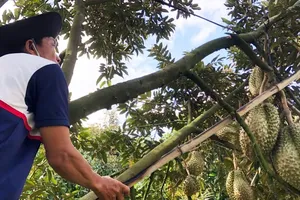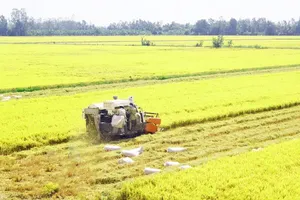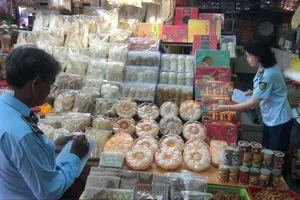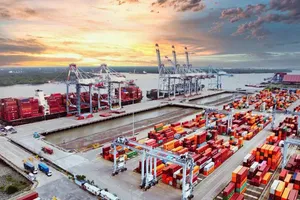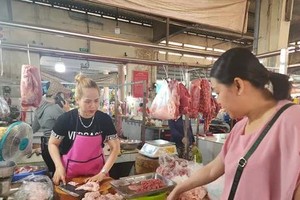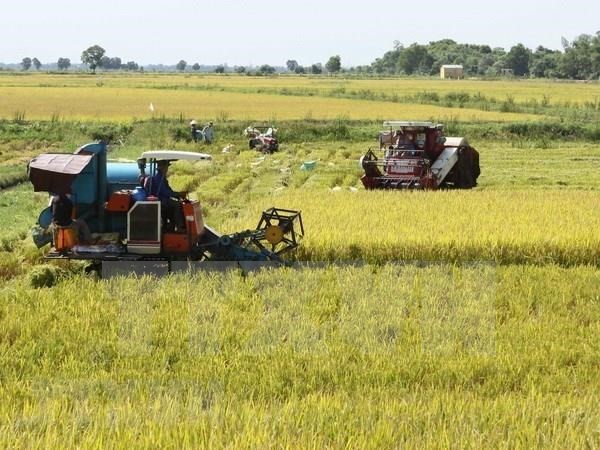
The Mekong Delta has so far harvested about two-thirds of its 1.57 million hectares of rice with an average yield of 5.7 tonnes per hectare, up 100 kg compared to last year’s same crop, said Le Thanh Tung, deputy head of the MARD’s Department of Crop Production.
The growth is more than enough to offset the falling output of the last summer-autumn harvest, estimated at around 50,000 tonnes, he added.
The harvest of this season’s entire rice area is expected to be completed in early September and to date, there has been no report on effects of drought or saline intrusion.
Tung noted that the harvest work of the summer-autumn crop is being favoured by low water and rainfall levels which pose no threat of flooding.
As the country struggles to secure orders for the grain in the second half of the year due to a drop in demand from major importers, rice is being sold VND 200 per kg higher than the last winter-spring crop but VND 1,000 – 1,200 per kg lower than the price of the same period last year.
This price gives farmers a profit margin of 30 percent which is still much lower than that of 2018.
To keep this year’s output stable or higher than last year, the Ministry of Agriculture and Rural Development have recommended the Mekong Delta cities and provinces to expand the next autumn-winter crop by 4,000 hectares to about 750,000 hectares.
According to the General Department of Customs, Vietnam’s rice exports reached 2.76 million tonnes in the first five months of this year, down 6.3 percent from a year earlier. The country earned US$ 1.18 billion worth of exports in the period, a decline of 20.4 percent over the same period last year.
Vietnamese rice products, the country’s key export item, are shipped to 150 countries and territories, including the Philippines, Malaysia, Indonesia, mainland China, Cuba, Hong Kong, Singapore, Iraq, Ivory Coast, Ghana and Mozambique.
